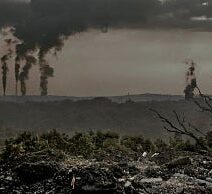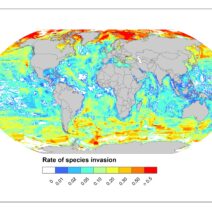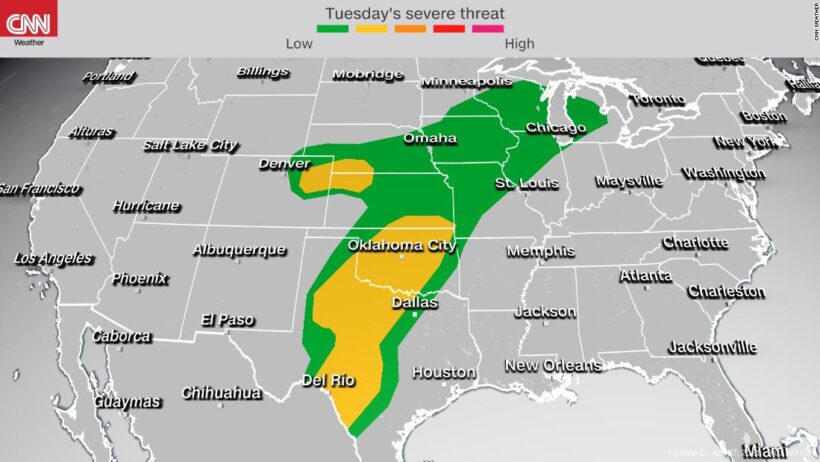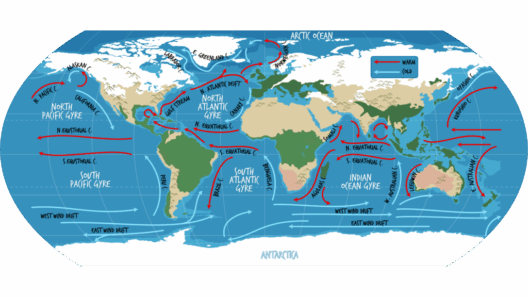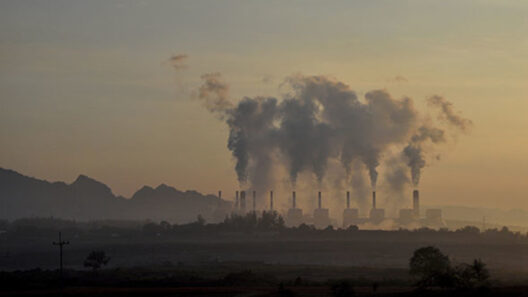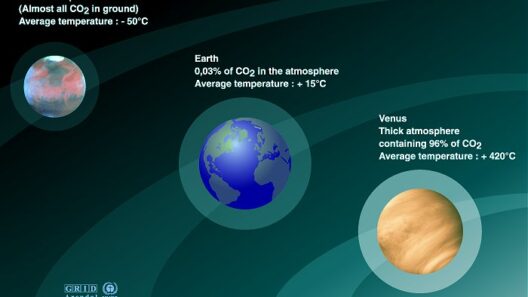In recent years, extreme weather phenomena have captivated audiences, but these events signal a more alarming trend: global warming. The relentless rise in average temperatures is not merely an abstract scientific concern; it is intricately connected to the severity of storms we experience today. This exploration will unearth how climate change exacerbates these manifestations of nature’s fury and highlights the urgent need for paradigm shifts in both understanding and action.
To grasp the depth of this issue, we must first comprehend the direct relationship between rising global temperatures and storm severity. The Earth’s atmosphere acts like a dynamic sponge, absorbing vast amounts of heat. According to climate scientists, a warmer atmosphere can hold more moisture—approximately 7% more for every degree Celsius increase in temperature. This surplus of moisture not only intensifies precipitation rates but also contributes to a cascading series of changes in weather patterns.
When humidity levels rise, storms become more potent. Tropical storms and hurricanes derive their energy from warm ocean waters; hence, as ocean temperatures climb, we see the fuel for more robust storms. The Atlantic hurricane season is often exemplified by this phenomenon. Over the past few decades, there has been an observable trend of increased storm intensity, with more Category 4 and 5 hurricanes making landfall. Each new season appears to rewrite the record books, making former norms nearly obsolete.
The corollary to storm severity is the frequency of these events. While the emotional imagery of catastrophic hurricanes grabs headlines, we must not ignore the surge of accompanying severe thunderstorms, tornadoes, and other extreme weather conditions. These types of storms have been seen exhibiting an alarming increase in frequency and ferocity in recent years, a trend that aligns with the destabilization of atmospheric conditions driven by global warming.
Consider the phenomenon of “storm clustering.” Historical data indicates an acceleration in the number of days on which severe thunderstorms occur back-to-back. As conditions evolve in response to climate change, atmospheric “blocking” patterns become more entrenched. These patterns can direct storms along similar trajectories, leading to repeated battering of certain regions. The impacts are multifaceted, often resulting in long-term droughts for some areas juxtaposed with catastrophic flooding in others.
Moreover, as temperatures rise globally, the prevalence of wildfires has also become an alarming hallmark of climate change. As severe storms and drought cycles intertwine, the resultant dry conditions create an environment conducive to fire outbreaks. The interplay between drought and intense thunderstorms can lead to a volatile situation where lightning strikes ignite dry vegetation, spawning wildfires that can rage out of control. These situations have been exacerbated in recent years, highlighting the interconnected nature of weather phenomena.
An unfortunate consequence of rising storm intensity is found in the socio-economic ramifications. Vulnerable communities are disproportionately affected. Storm surges and flooding devastate coastal regions, while intense rainfall contributes to runoff that overwhelms drainage systems in urban areas. Investigating the multi-dimensional impacts of extreme weather trends reveals a cycle of poverty exacerbated by climate change, where resources are diverted from long-term development to immediate disaster relief.
From an ecological perspective, severe storms disrupt local ecosystems, leading to biodiversity losses. The sharp fluctuations in weather patterns threaten various species and habitats, forcing some to adapt or face extinction. Coral reefs, for example, experience mass bleaching events exacerbated by rising sea temperatures and storms; their survival is intricately linked to the stability of surrounding marine environments, which are increasingly under siege.
Recognizing this dire scenario is paramount for fostering a future resilient to climate disruptions. A communal shift in perspective is essential, reorienting our understanding of time and stimulus. The interactions of climate systems are complex, and changes often manifest in non-linear ways. Importantly, climate change should not be viewed as a distant threat; it’s an ongoing crisis demanding immediate action and adaptation. Promoting renewable energy sources, enhancing urban resilience, and safeguarding natural landscapes can contribute to mitigating the harshest impacts of severe storms.
Furthermore, educational initiatives focusing on climate literacy will empower communities to take proactive steps in reducing their carbon footprint. Understanding the stakes involved can galvanize collective action, fostering grassroots movements that champion sustainable practices and environmental stewardship. A curious inquisitiveness about the world around us can go a long way; exploring the science behind climate phenomena may very well spark innovative solutions that challenge entrenched practices.
Therefore, as the interrelationship between climate change and weather phenomena unfolds, it unveils a stark reality that demands engagement. The shift in perspective needed to combat global warming begins with acknowledgment and understanding. Rational, engaged discourse around this topic must take precedence, particularly as we evaluate the collective role humanity plays in contributing to or alleviating these challenges.
Ultimately, we face a pivotal moment in human history. Understanding “weather gone wild” not only enhances awareness of climate impacts but also highlights the intertwined fate of humanity and the planet’s health. As severe storms become the new normal, collective responsibility manifests as our most formidable ally in weathering the storm of climate change and fostering a sustainable future for generations to come.

